www.johntyman.com/peru/09.html
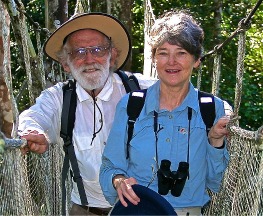 |
CULTURES IN CONTEXT PERU The Incas and Prehistoric Cultures IV: INCA CULTURE 4.1: Historical Background |
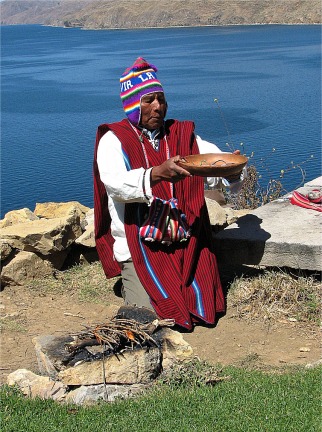 .
.
092. There are several Inca legends describing their origins. The best known tells of a founding couple, Manco Capac and Mama Ocllo, who emerged from the waters of Lake Titicaca summoned by the Sun God (Inti) to civilize mankind. |
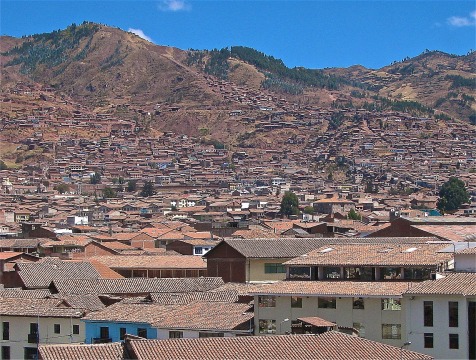
093. Manco and Ocllo carried a gold staff and were told by the Sun God to search for a place where this staff could be pushed into the ground easily. They were to found a great city there to be known as Cuzco. (Cuzco today.) |
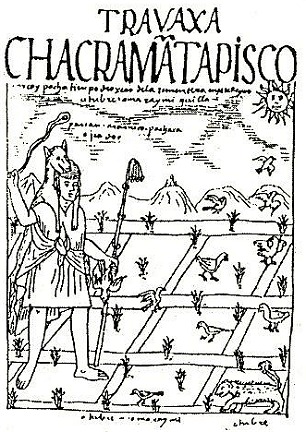
094. Once they reached the site of Cuzco, they began to civilize the inhabitants of that area. Mama Ocllo taught the women how to weave and how to fulfill domestic tasks, while Manco taught the men to grow crops and to earn their living. He showed them not only how to plant corn, but also how to irrigate the young plants and how to scare away hungry foxes and birds. (Sketch of October fieldwork and all other sketches from the Chronicle of Guaman Poma.) |
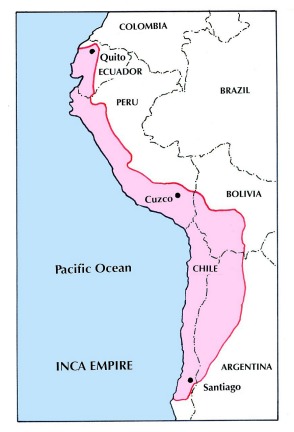
095. Inca culture dates from around 900AD, but till the middle of the 13th century they were just a tribal group and occupied only part of the Cuzco River basin, which they shared with other groups. In the centuries that followed they not only subjugated their immediate neighbours, but established an empire that by about AD 1500 extended from the north of present day Ecuador to the centre of what we now know as Chile over a distance of 5,500 kms. This avowedly constituted the largest kingdom/territory in the New World, with more than ten million subjects. The extent of their empire was a reflection of both military power and their skill as negotiators, making use of age-old Andean social institutions. |
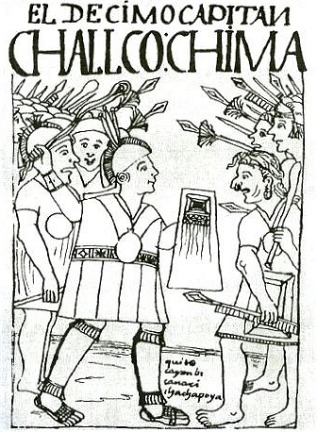
096. The great conquerors were Pachacutec Inca Yupanqui and Tupac Inca Yupanqui who succeeded him. Together they also organized the government and socio-economic system, created a state religion, and made Cuzco the capital of the empire. (The Inca captain Challco Chima, who fought in the Quito and Chachapoyas campaigns.) |
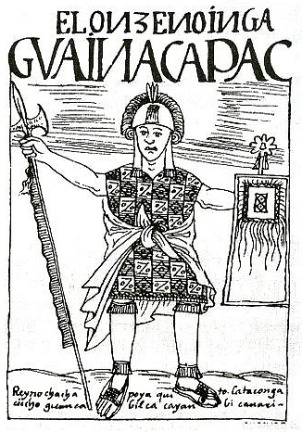
097. In 1493 Tupac was succeeded by Huayna Capac but when he died in the campaign to capture Quito, the population of Cuzco crowned his son Huascar Inca, and charged another of his sons, Atahualpa, with responsibility for the city of Quito in the north. (Huayna Capac, the eleventh Inca. It is said he consulted demons and knew that the Spanish would come and conquer his Empire.) |
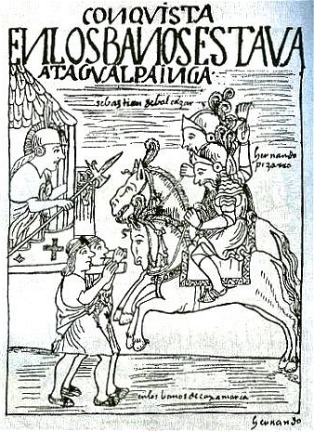
098. The resulting system of rival governments led to five years of civil war…which left the Empire’s armies in no condition to repel the Spanish when they arrived in 1532. Their strength had also been reduced by European diseases. |
![]()
![]()
Text, photos and recordings
by John Tyman
Intended for Educational Use Only.
Contact Dr. John Tyman at johntyman2@gmail.com
for information regarding public or commercial
use.
![]()
www.hillmanweb.com
Photo processing, Web page layout, formatting
and hosting by
William
Hillman ~ Brandon, Manitoba ~ Canada